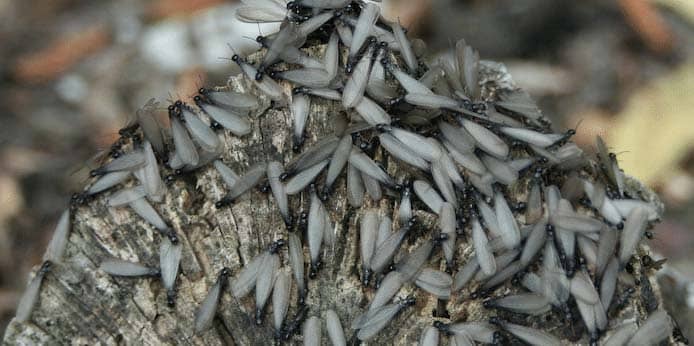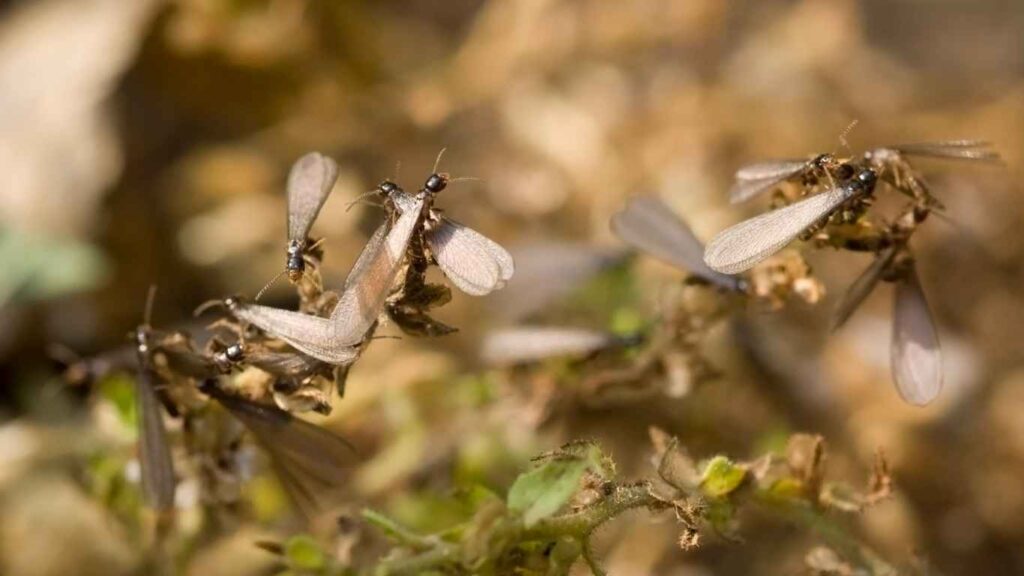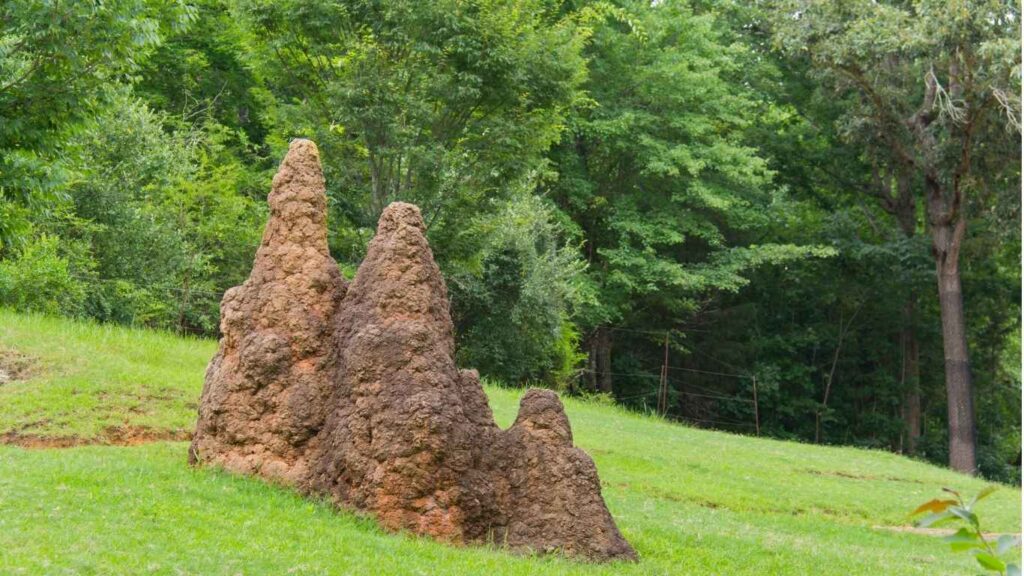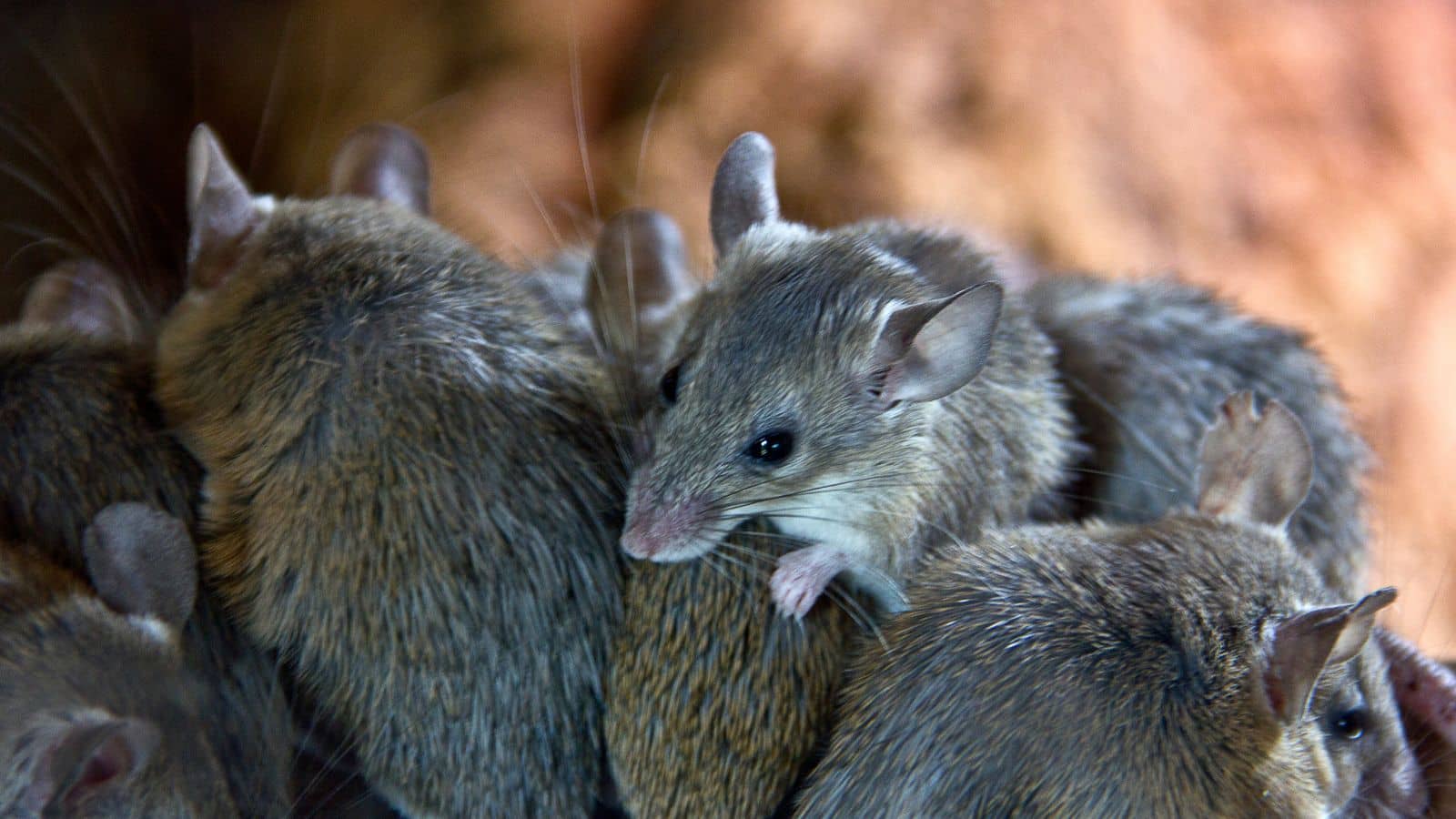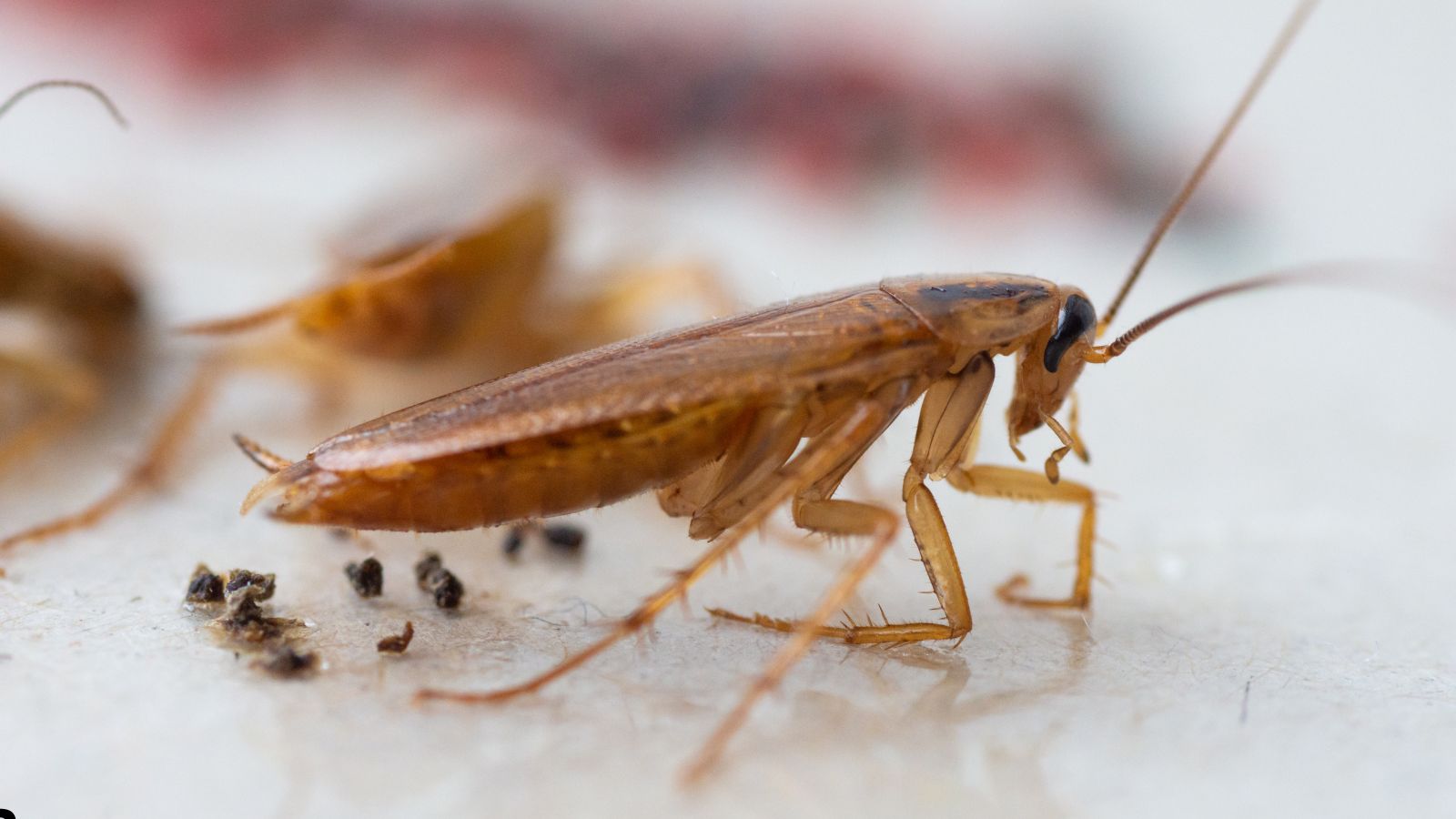We all know that nobody has ever been happy about having termites present in their home. Around this time of the year in Sacramento, you will see a termite swarm increase throughout the area. As experienced pest control technicians, we know all too well about these little critters. But do they get a bad reputation just for doing what they were made to do? Here we take a look at 12 interesting facts about a termite swarm that may make you see them in a different light (or maybe not):
1. Do Termites Require Sleep?
The answer is no, termites never sleep. They are constantly working in their assigned roles 24 hours a day, 7 days a week. You have to hand it to them, that is pretty impressive. They continue this relentless work ethic until they die. There is no cozy retirement with a nice pension waiting for them. Bleak.
2. How Much Damage Do Termites Cause?
They cause approximately $5 billion in damages every year in the U.S. alone. This is an enormous amount of money, and considering that they are found all around the world, no wonder they are looked upon as one of the worst pests universally.
3. When Does A Termite Swarm Start?
Termites do have favorable conditions when they decide to swarm. Unfortunately for us based in Sacramento, it is usually when the weather starts to get warm, following a period of rain. That is why the time period leading up to spring is where you have to be at your most vigilant. A termite swarm is also the trigger for letting you know a colony has reached its maturity size (in the millions) and that they are ready to spread out and start new colonies in nearby areas. Both of these are red flags for homeowners. If you have noticed winged termites flying around your home you can’t waste any time. Call Official Pest Prevention now on (877) 711 2847.
4. Termites Also Made Enemies With Historical Figures
It isn’t just in today’s society that we loathe the wretched termite. During Christopher Columbus’ fourth and last expedition, it is thought that two out of his four ships sank due to termite damage. This coupled with the storms resulted in him failing to find a passage to the Orient through the Caribbean, and being stranded in Jamaica for over a year, surviving mutiny, and civil unrest with the native tribes before being rescued and brought back to Spain. So we’re guessing he wasn’t the biggest termites fan.
5. What Termites Do We See In Northern California?
There are three main types of termites with over 50 species found in the US. The following are the common species that are located in Northern California and Sacramento in particular:
Drywood Termites
The Western Drywood Termite and the Desert Drywood Termite
Dampwood Termites
The Desert Dampwood Termite and the Pacific Dampwood Termite
Subterranean Termites
The Western Subterranean Termite
6. Termite Queens: Ruler or Slave?
When you hear of a queen you automatically think of ruler and royalty. Who wouldn’t want to be a queen. But in the termite colony there is a fine line between ruler and slave. On the one hand (err limb) her workers (offspring) tend to her every needs, carry the eggs away and stack them neatly in adjoining chambers, feed her, and clean her. She also has the power to produce pheromones that can block the reproductive ability of secondary queens in the colony, completely controlling the growth and size. The flip side of her role is that she is basically just an egg-reproducing machine. After retreating underground during the termite swarm stage, she is confined to her capsule with her king (who is dwarfed by his partners ever increasing size) with the primary goal of producing as many eggs as possible. Termite Queens can live between 25-50 years depending on the species. When she is coming to her end the workers will literally lick her to death, drawing the fats and useful nutrients from her body. Does this sound like a life you would want?
7. Are Termites Edible?
Yes, termites are a delicacy around the world. Nope, that isn’t a typo; they are eaten both raw and cooked in certain continents. Termites are rich in vitamin A, vitamin C, fat, protein, and other macronutrients and micronutrients that are beneficial to humans. Although we can’t say personally how good they are, you will have to go out and try that for yourselves. Be sure to let us know in the comments below!
8. What Does A Termite Colony Comprise Of?
Termites have a strong and rigid social structure. The colony is broken up into 3 categories which are excluding the King & Queen:
Termite Workers
The most common type, they are in charge of acquiring food, maintaining the structure/home, and caring for the queen and termite larvae. They are the ones that do the most damage to your home as they create the mud tubes and consume the wood.
Termite Soldiers
Termites are forever at war, mainly with ants. These are usually chosen as the bigger of the termite kind to protect the species, and are usually located on the perimeter of the colony. When under attack they will pound the ground to cause vibrations, which act as a warning to the colony that they are under attack. Unlike in many human armies, termites will send their oldest warriors to the frontline. This ensures that the younger ones have a longer lifecycle, maximizing the potential reproduction and survival of the colony.
Alates (Termite Swarmers)
The winged termite, alates are only produced when the termite colony has reached an enormous size and it is time for them to expand and create new colonies. They are both male and female and will take flight briefly before coupling off and finding a new settlement to start their own. These couples become the new king and queen. This period is known as swarming. A termite swarm is a sure sign that there is a mature colony nearby, and if left to its own devices, can cause a major issue for your home. If you have noticed winged termites flying around your home you can’t waste any time. Call Official Pest Prevention now on (877) 711 2847.
9. Do Termites Communicate With Each Other?
Termites are blind. Well not all of them. For workers and soldiers, the majority of them are born without eyes, because they spend their lives in the dark underground, there is no need for them. Alates (the termite swarmers) have eyes that allow them to distinguish between moonlight and sunlight. However they spend only a brief moment of their lives above ground. Instead termites use other sensors to communicate with each other and navigate through the nest. These include secreting pheromones which are different for all colonies. Like the example of the warning calls made by the termite soldiers, vibrations by banging their bodies off of the inner tubes in a termite mound also acts as a communication device.
10. Are There Any Positives To A Termites Existence?
Termites actually do have a positive impact in the wild. Not so much in our homes, but out in the forests they are one of the main contributors when it comes to decomposing dead wood, recycling decaying minerals, and improving (aerating) the soil. Because of this the likelihood of natural phenomenon like forest fires have decreased. Go termites!
11. Termites Eat Feces!
Yes, termites eat each other’s feces. This is required for them to do so because they cannot digest the cellulose from the wood without help from intestinal microorganisms. Eating feces provides them with intestinal microorganisms, as they cannot produce them themselves.
12. What Does A Termite Mound Look Like?
A termite mound can get as big as 30 feet if left undisturbed. Below is an image that was found in Australia of a cluster of termite mounds. It is hard to believe that this structure was created by the coupling of just two termite swarmers, who left undisturbed, created a colony of millions.
Schedule a Termite Inspection Today
Official Pest Prevention is a family-owned, licensed pest control company celebrating 20 years serving over 100,000 satisfied customers in five area codes throughout Northern and Central California. Starting with a few contacts, and only four full-time employees, our small company has grown into an organization that today employs over 100 people, maintains a fleet of 75 vehicles, and has serviced over 100,000 Northern California households. This tremendous growth has come from loyal customers, who have recommended our work to their friends, family, and neighbors.
We are a full-service pest control company. Whatever your pest problem, we have a solution. Our goal is to make your property pest-free. Guaranteed. Contact us online or by phone (877) 711 2847 – for immediate assistance. Same-day bookings and flexible payment plans available – because pest invasions wait for no one.

